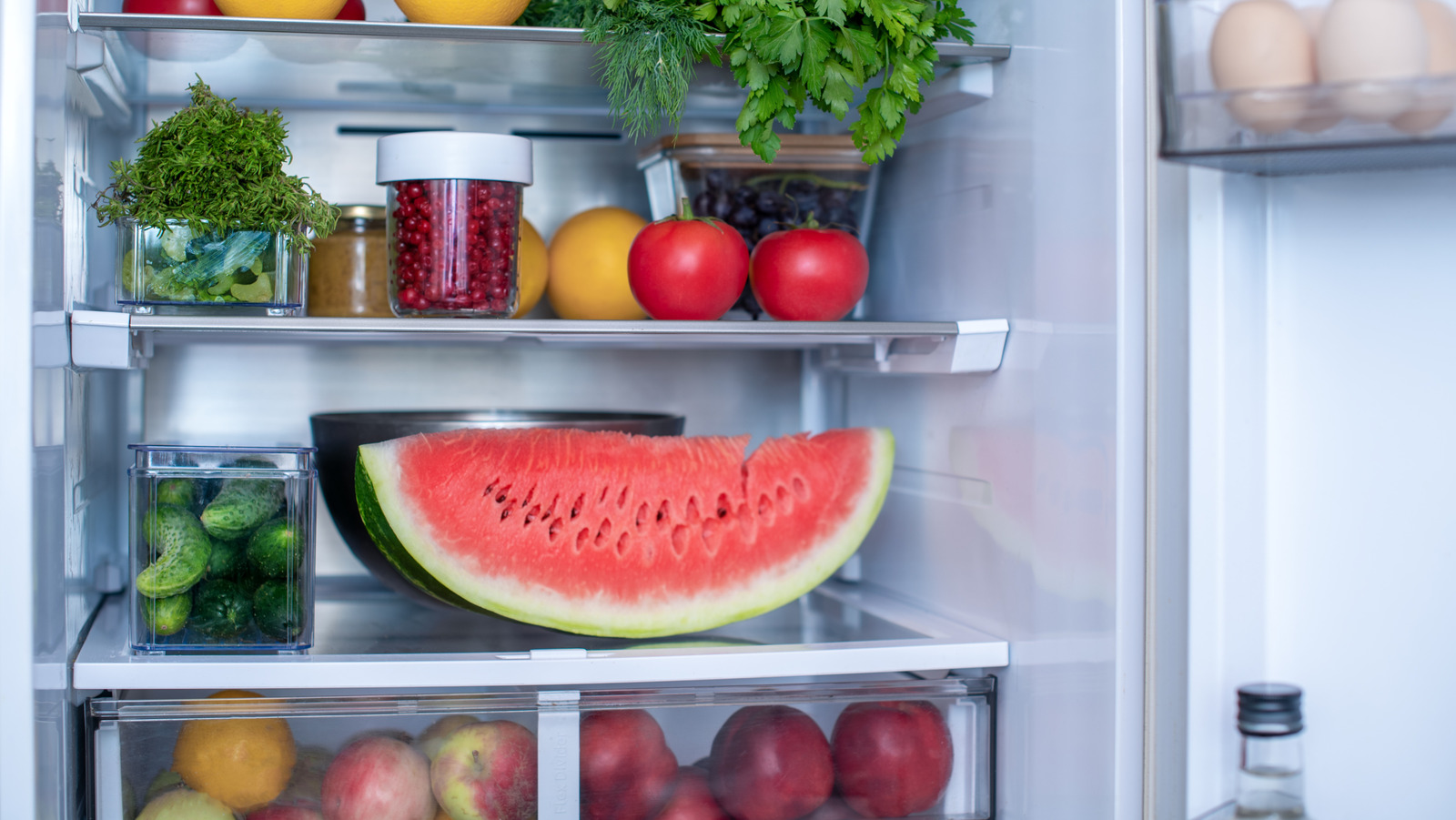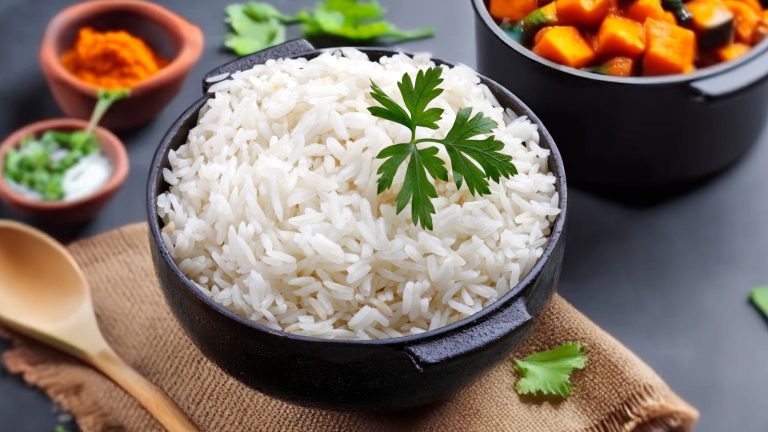Sweet, juicy, and wonderfully thirst-quenching, watermelons are the ultimate summer treat we all crave as we wait for the first signs of the warm season to burst through. And when they do, it won’t be long before we start hitting the stores to grab the first refreshing, fully ripened pieces of the fruit. And if you consider yourself a true watermelon fan, then you’re surely getting ready to test them with the good old knocking trick, which really is the ultimate golden rule you need to know to choose the tastiest one at the store.
But unless you’re completely hooked on this delicious giant berry or trying to break the Guinness World Record for most watermelon eaten in three minutes (an astonishing 5.09 pounds), chances are you’ll likely have some leftovers. While you could always explore some of the creative ways to use up leftover watermelon, what most people typically do is wrap the leftovers in cling film and pop them into the fridge for whenever their cravings strike again.
Sure, this might seem like the most obvious and convenient choice, but we bet you never even considered that the refrigerator is the worst place to store watermelon. Especially its coldest parts — the bottom shelves and the back where cold air concentrates. That’s because watermelons are made up of about 92% water, which makes them especially vulnerable to damage when exposed to cold temperatures below their ideal storage range of 55 degrees Fahrenheit.
The fridge might actually be a bit too cold for watermelons
According to the Watermelon Board, you can safely store watermelon at temperatures of up to 59 degrees Fahrenheit. However, a study in the Journal of Agriculture and Food Chemistry found that when stored at room temperature, watermelons experienced a significant increase in lycopene content, a carotenoid known for its great antioxidant properties and health benefits. And with fridges typically set around 37 to 40 degrees Fahrenheit (although temperatures vary in different parts of the fridge), it takes no longer than a couple of days for watermelons to suffer noticeable changes in flavor and texture.
One side effect is the rind softening and turning unpleasantly mushy. And if we’re completely honest, that’s probably the last thing you want for both your watermelon and your fridge. This breakdown happens even faster in the colder spots of the appliance farthest from the door or near the top — especially if your refrigerator has an ice maker built into the top section.
So, unless you want your watermelon to lose its vibrant color, develop a strange flavor, and end up with a soft, pitted texture, store it at room temperature or in the warmest part of your fridge. Cutting it into bite-sized cubes and sealing them in an airtight container might also help prolong its shelf life. That way, you can safely store it even at temperatures as low as 9 degrees Fahrenheit without compromising its quality.






